The museum is being enriched with ancient exhibits and the rarest artifacts
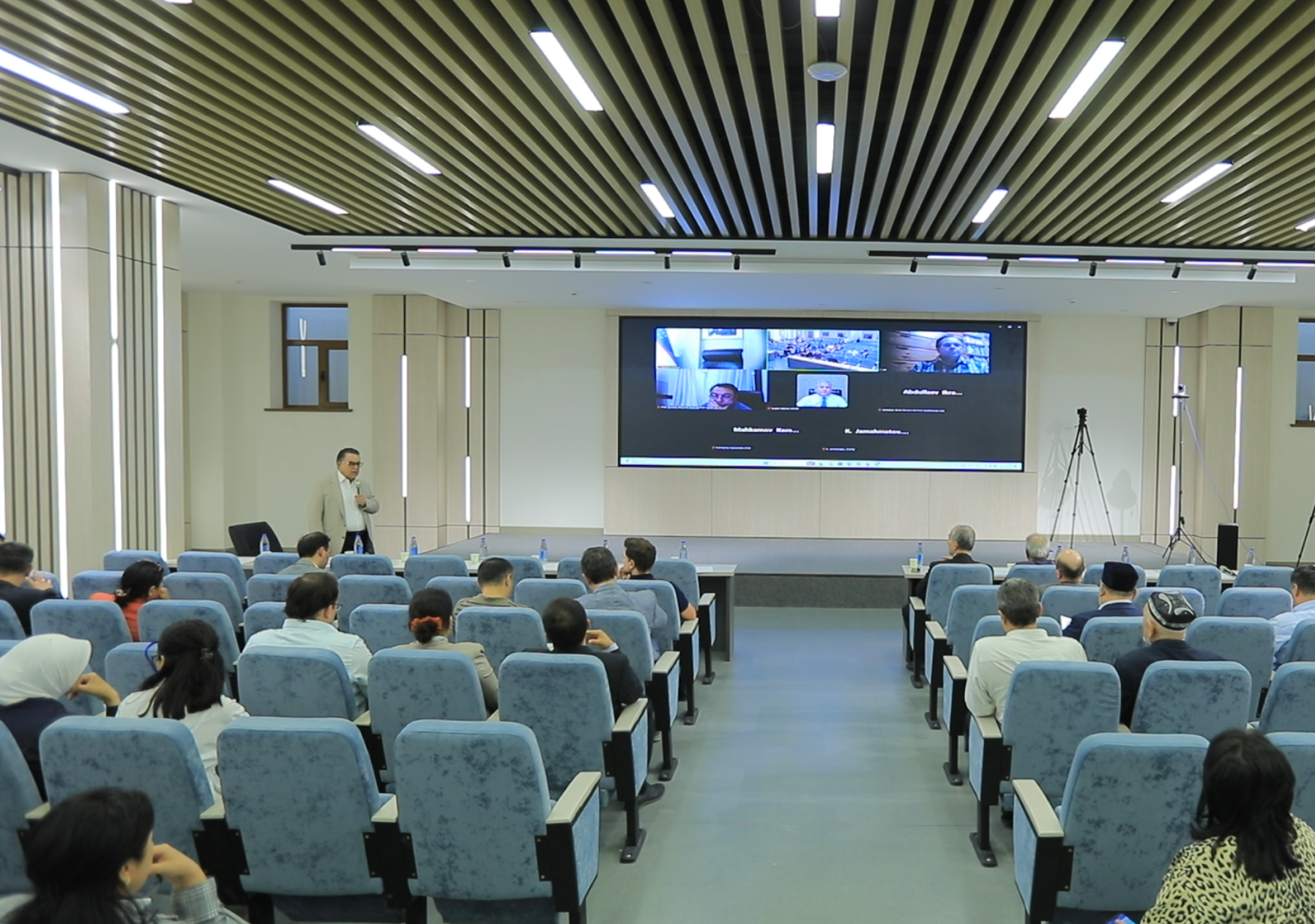
Scholars have described as a historic event for Uzbekistan the return of rare cultural heritage objects and priceless treasures to the Museum of the Center for Islamic Civilization in Uzbekistan. These returns have been made possible through the initiative of the President of the Republic of Uzbekistan, Shavkat Mirziyoyev, and with the practical support of the government, in cooperation with international auction houses, private collectors, and local citizens.
The main topic of the recent meeting of the Scientific Council of the Center for Islamic Civilization in Uzbekistan was to ensure the effective implementation of the key directives given by the Honorable President Shavkat Mirziyoyev during his visit to the Center on October 20 of this year.
The Director of the Center, Firdavs Abdukhalikov, emphasized that the President’s instructions during this visit mark the beginning of a new stage in the Center’s activities. Specific directions were identified for each task, responsible staff and working groups were formed, and it was noted that a new work system requiring initiative, dedication, and creativity from every employee is being established.
“Based on today’s demands, we must turn the Center into not only a scientific and educational institution but also a hub of continuous research and discovery,” said the Director of the Center.
During the meeting, information was presented on ancient exhibits and rare artifacts acquired from abroad to enrich the Museum’s collection. Academician Akbar Hakimov introduced the artworks recently purchased for the Center’s collection from renowned international art galleries such as David Aaron, Mansur Gallery, and Sam Fogg Gallery. He elaborated on each exhibit’s historical period, place of origin, artistic style, uniqueness, and state of preservation, emphasizing their significance in further revealing the history of Islamic civilization.
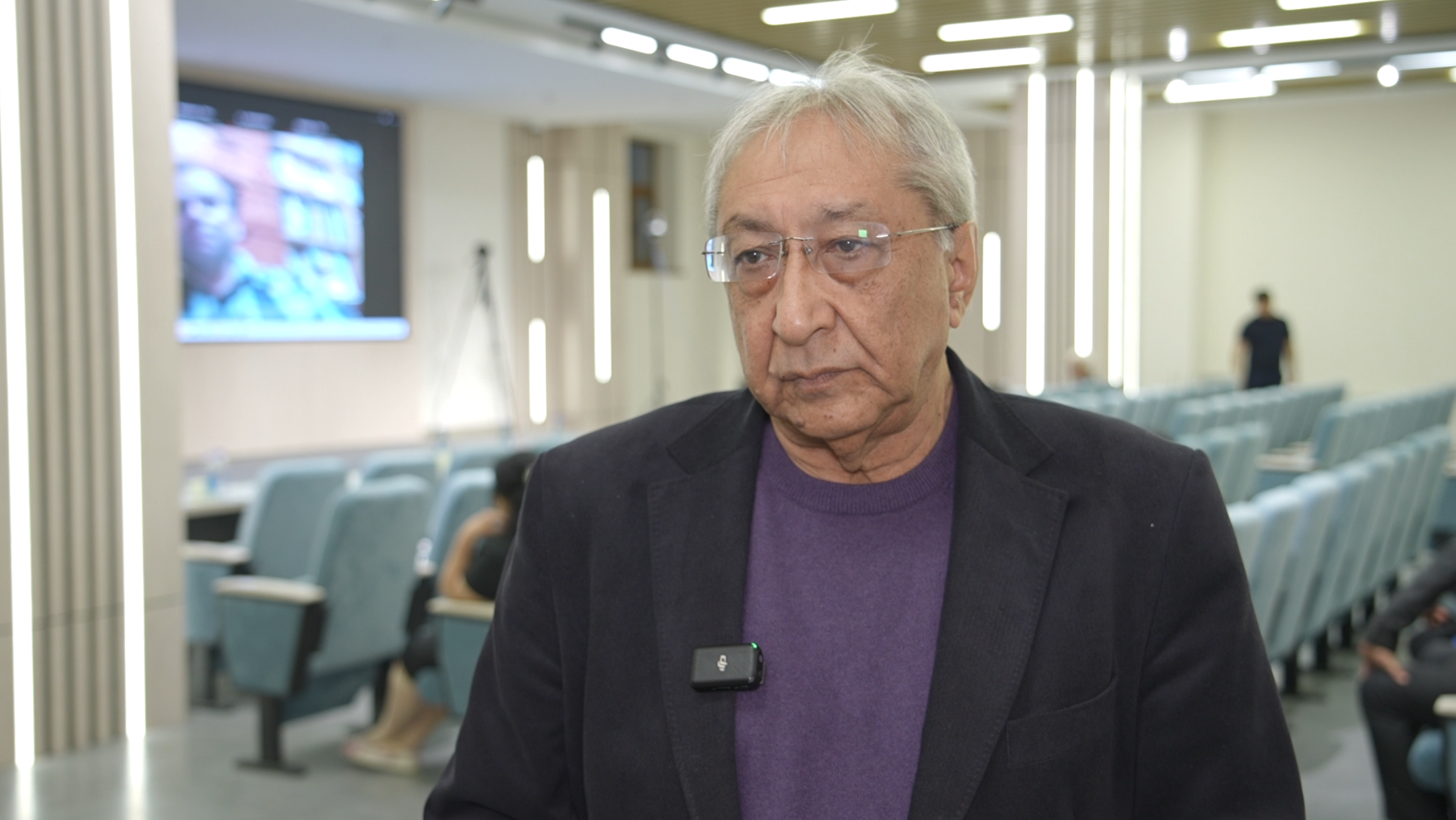
“As we review the new exhibits added to the Museum’s collection, I would like to note that each of them embodies the spirit and aesthetic values of an entire historical era. The works acquired from prestigious foreign galleries are not only artistically but also scientifically and culturally significant. Through this collection, we can more broadly illuminate various stages of the history of Islamic civilization and the cultural layers formed in harmony with art and science. For example, among the items acquired from the David Aaron Gallery are a bronze sculpture of a deer from the first millennium BCE and a gold necklace depicting a bull’s head from the 2nd–1st centuries BCE, both reflecting the finest traditions of the Eastern miniature art school,” said Akbar Hakimov.
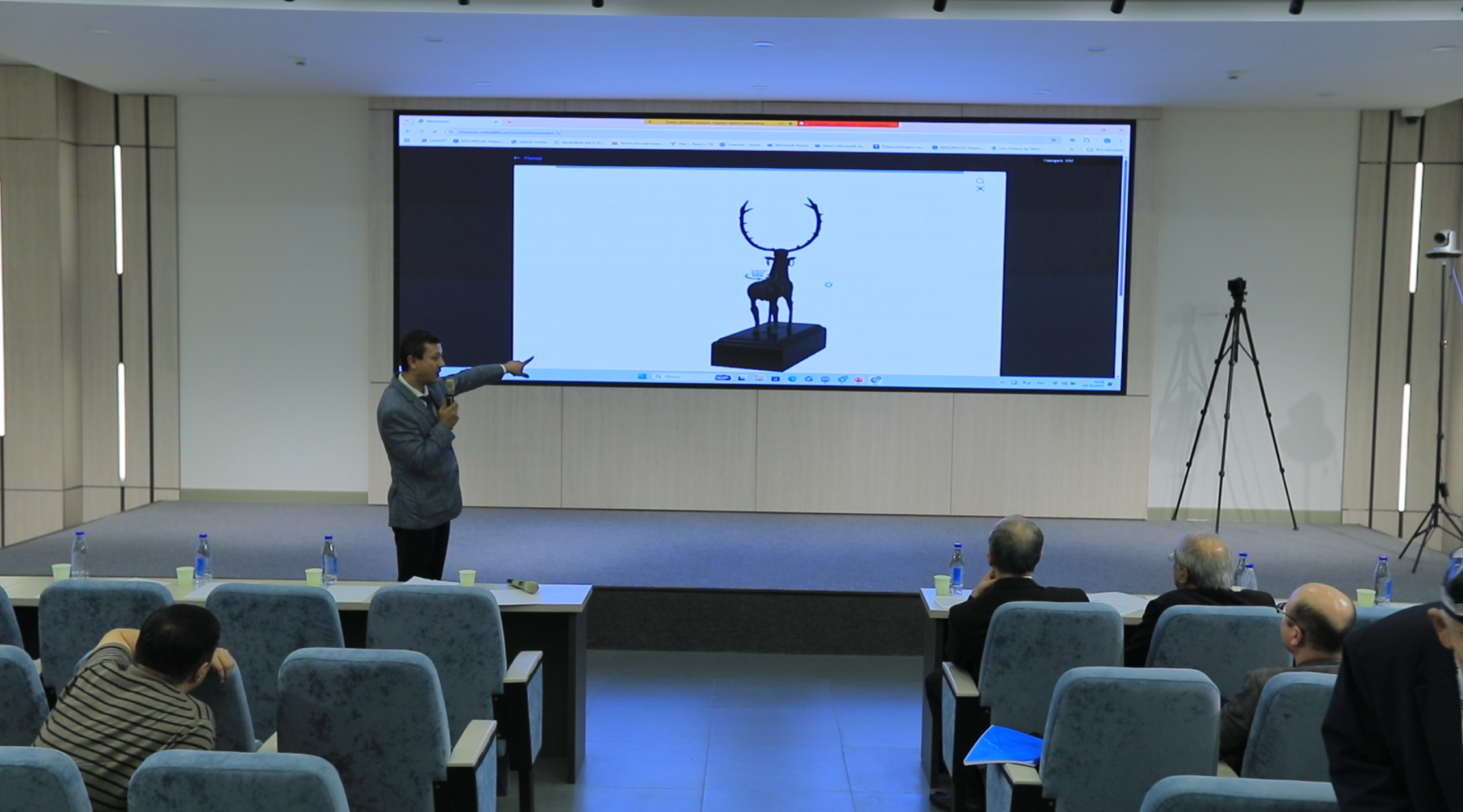
Members of the Scientific Council unanimously supported the inclusion of these newly acquired artifacts in the Museum’s permanent exhibition.
Most read
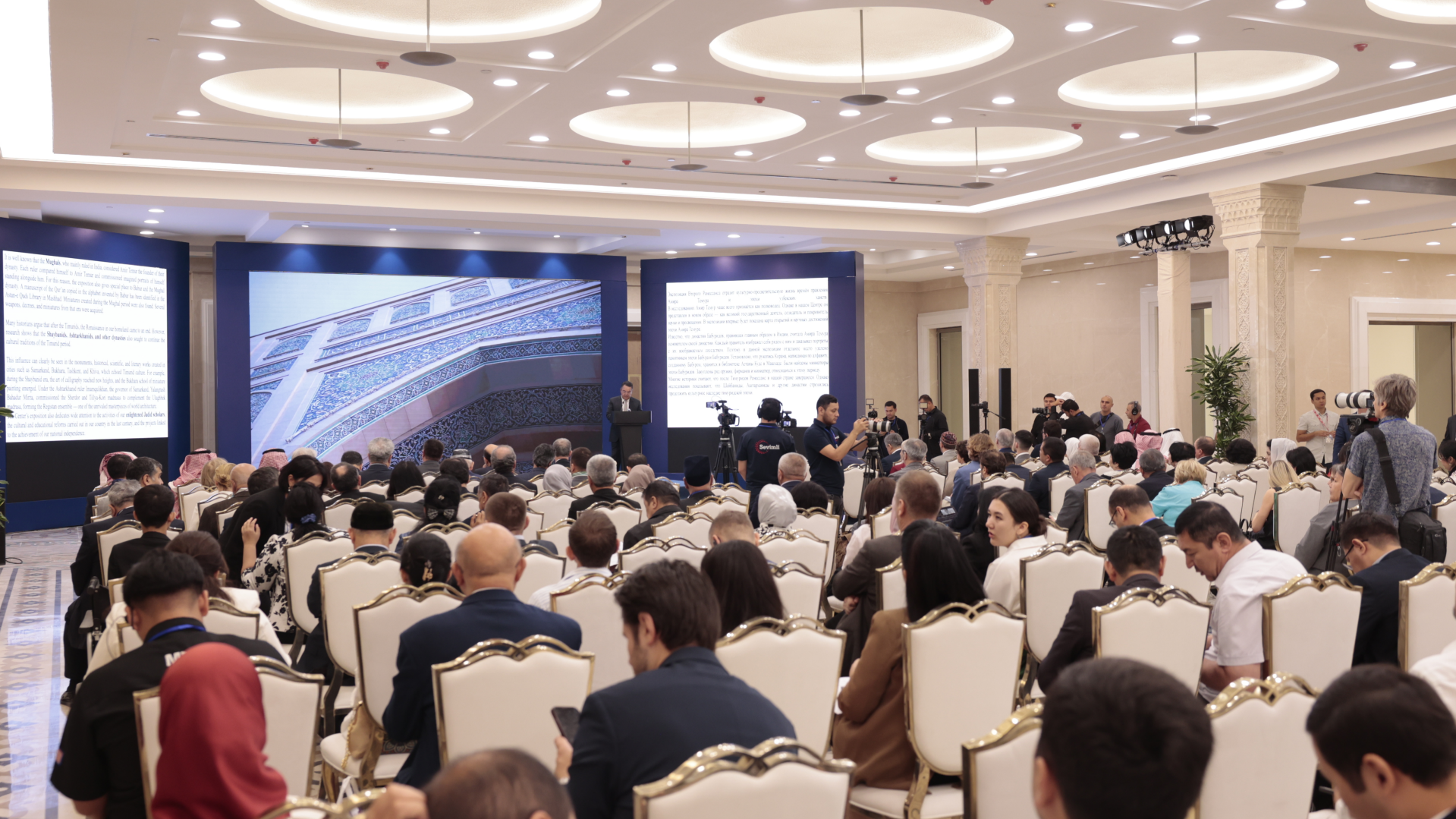
Over 100 experts from more than 20 countries of the world are in Tashkent!
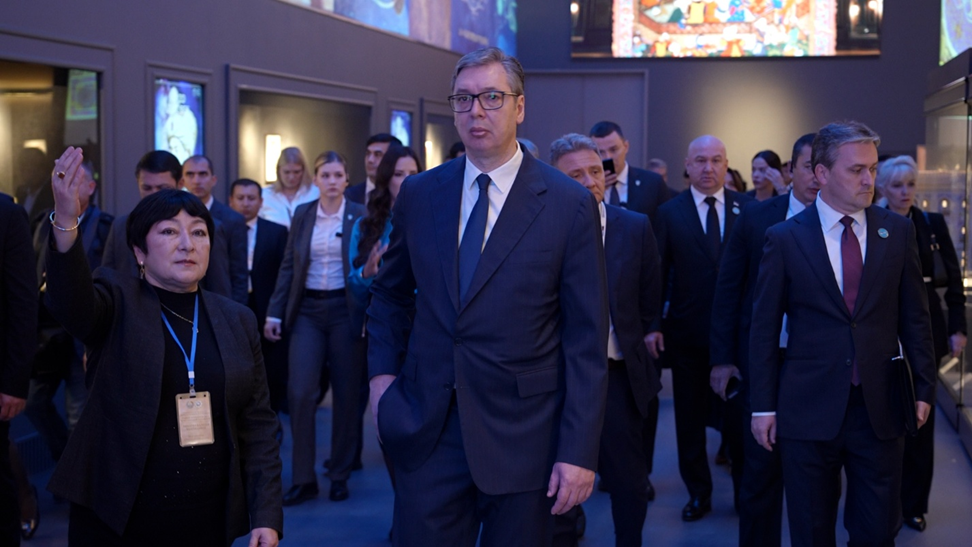
President of Serbia Aleksandar Vučić visited the Islamic Civilization Center in Uzbekistan
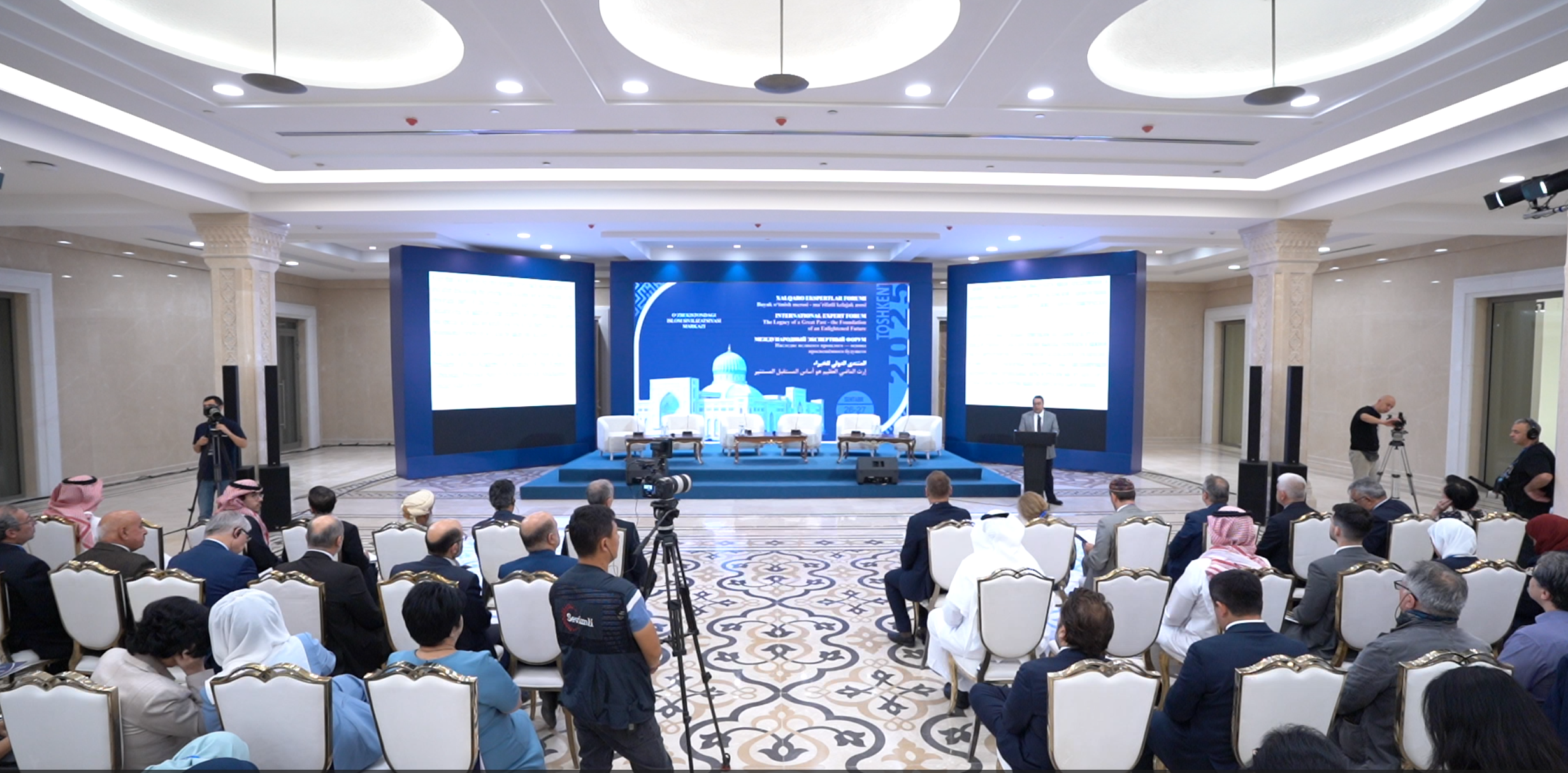
The Center for Islamic Civilization – a global platform leading towards enlightenment











